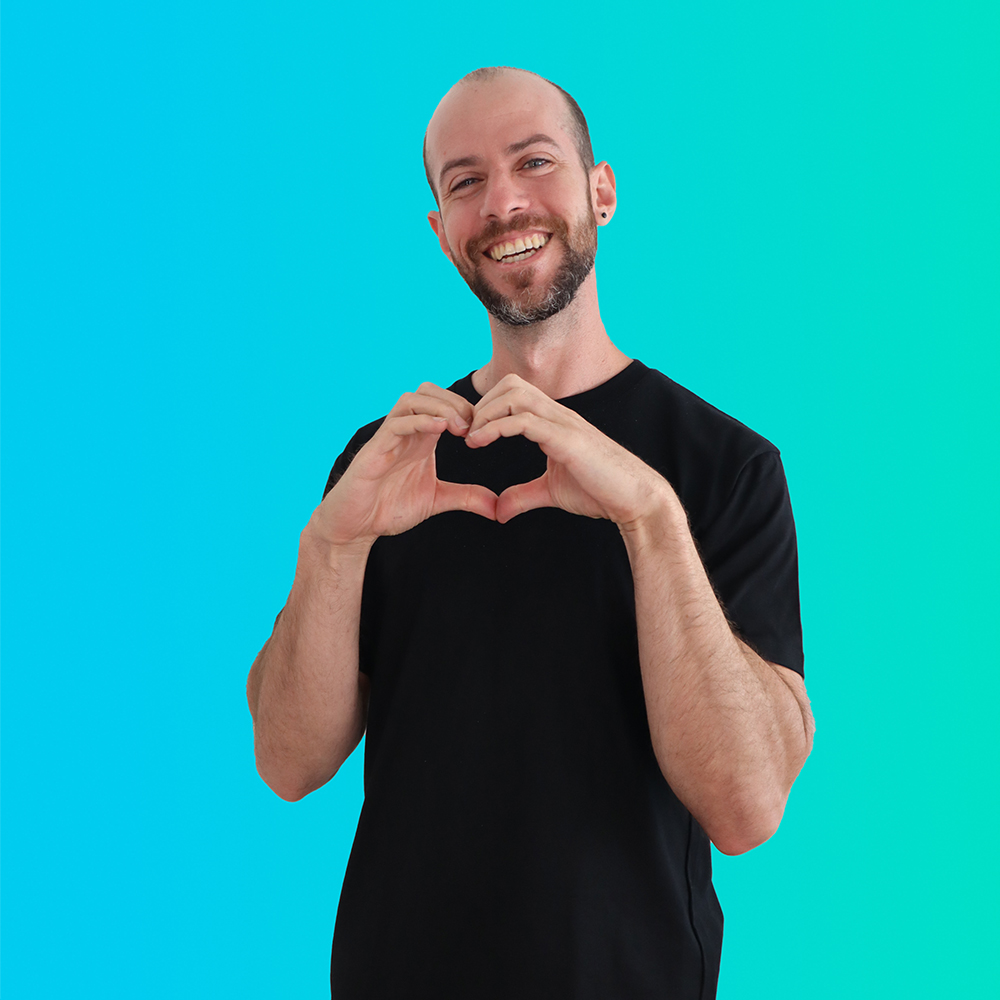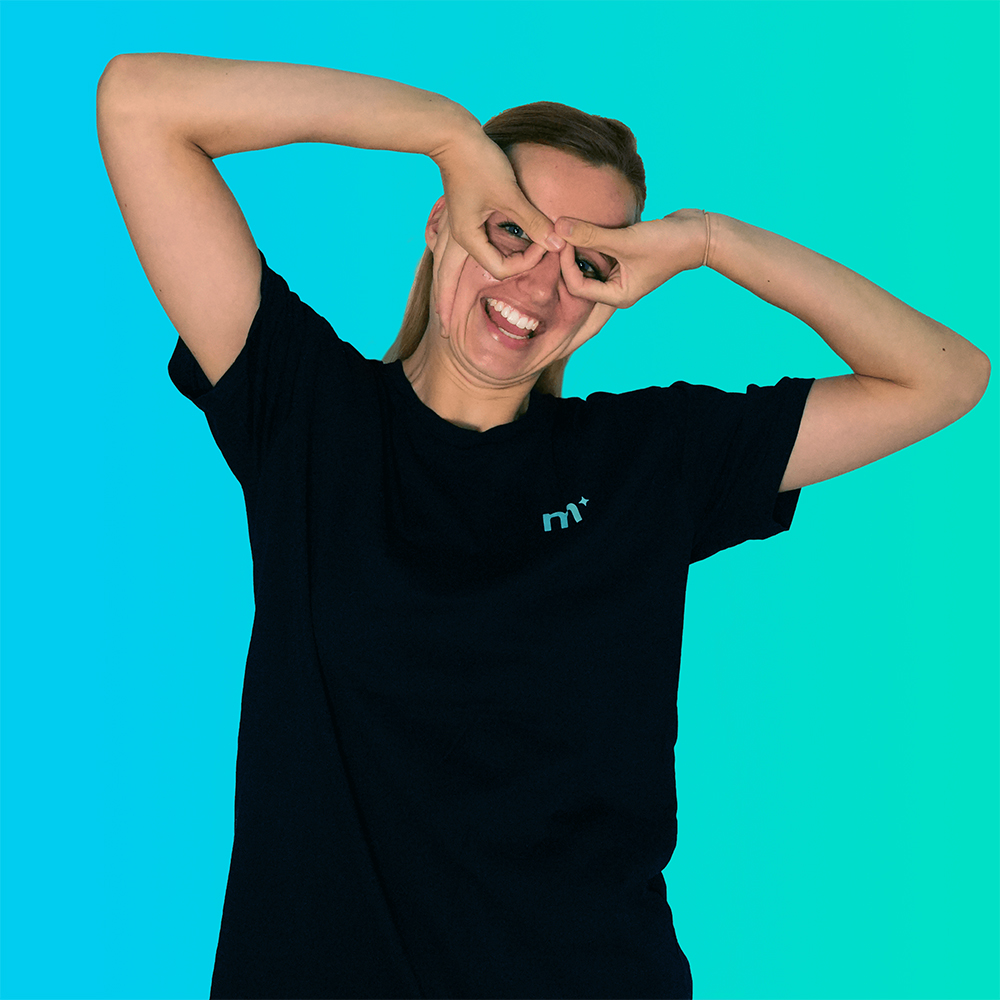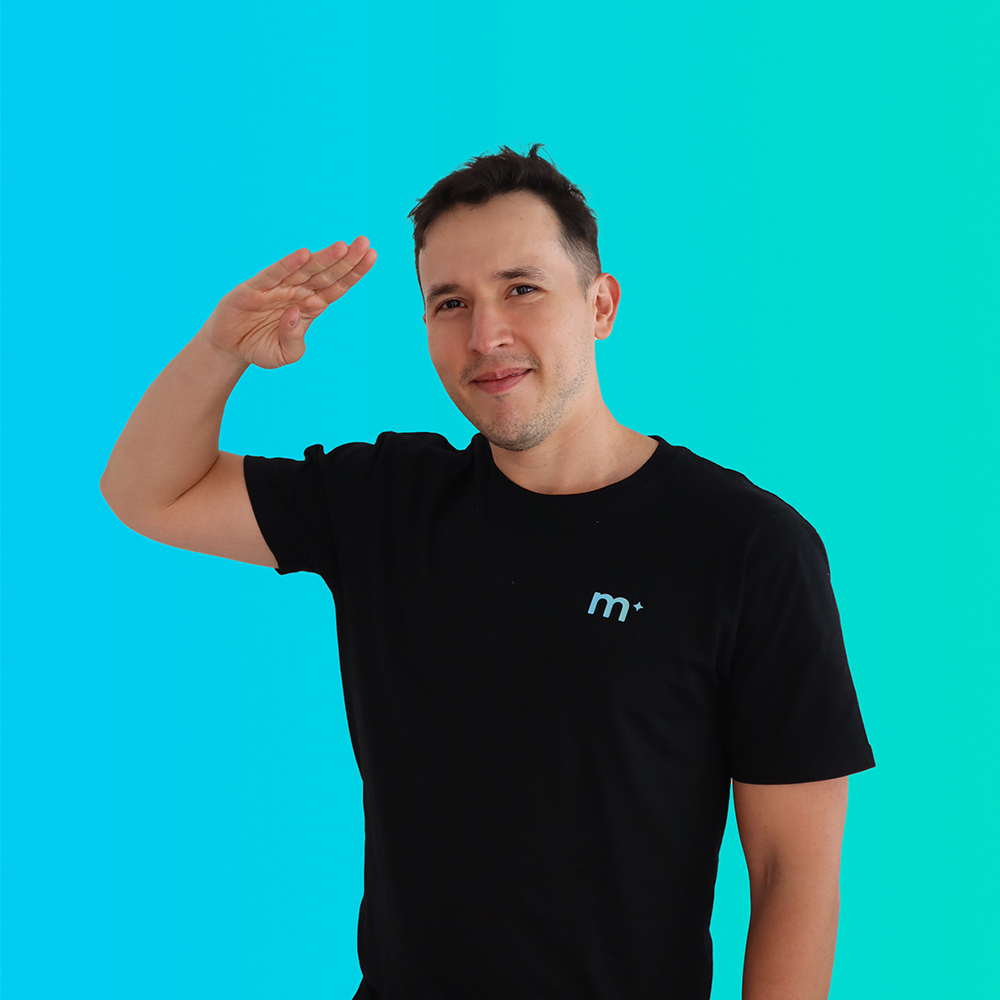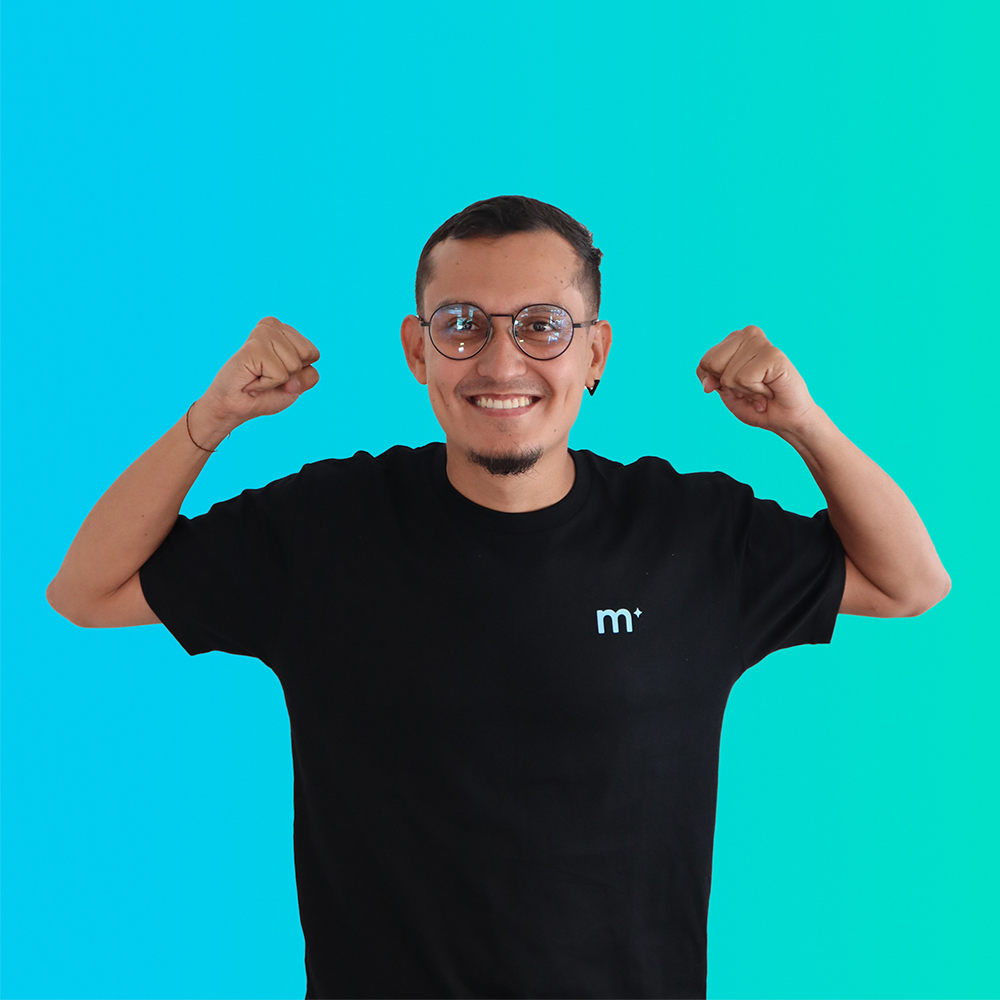Comparison of social media platforms is becoming one of the most important steps in social media marketing. Not every social media platform suits every industry, and making the wrong choice could cost you dearly. Therefore, conducting a comparison is a vital step that will equip you with the knowledge you need to make a sound choice.
The vast and ever-evolving landscape makes it challenging to choose the right platform. There are many options to choose from, offering various benefits and features. This is why it is essential to do research so you don’t waste your valuable time creating content on a platform that doesn’t really fit your business.
So, how do you pick the right platform? Well, it’s all covered in this article. Let’s unpack some goodies.
Top 3 Considerations When Choosing a Social Media Platform
Having established the importance of social media marketing, let’s discuss the key 3 factors that will drive your decision making process:
1. Target Audience: Go beyond demographics. While age is a factor, consider your target audience’s online habits and interests. Younger audiences might be actively consuming short-form videos on TikTok or following influencers on Instagram. Professionals, on the other hand, might be engaging in industry discussions on LinkedIn or Twitter.
Understanding these behaviours will help you make the most of your content by placing it on the right platform. If you are unsure of your target audience, you can download our digital strategy template that explains how to create your buyer persona and online marketing strategy.
2. Content Type and Creation Capabilities: Choosing the right social media platform for your content involves aligning your creation capabilities with a platform’s primary strengths and user demographics. For instance, visually compelling short video content thrives on Instagram and TikTok, while concise, timely text updates for professional influencers are best suited for Twitter.
3. Goals and Objectives: Be specific about what each platform offers for different goals. LinkedIn, with its professional network, is a powerhouse for B2B lead generation and thought leadership. Facebook and Instagram, with their vast user base and advertising options, excel at brand awareness and driving traffic to your website.
My Top 3 Digital Marketing Courses
Advertising Costs and Influencer Marketing Comparison
The number of people who see your content organically without paid promotion can be limited on social media platforms, so you should also consider the costs and opportunities paid advertising and influencer marketing offer on different platforms.
Paid Advertising Cost Comparison of Social Media Platforms
Understanding the cost dynamics of paid advertising is crucial for maximising ROI, so marketers use key indicators for comparison: Cost Per Click (CPC) and Cost Per Thousand (CPM).
CPC is typically used on platforms like Facebook, Instagram, TikTok, and LinkedIn, while Cost Per Thousand impressions are usually on platforms like X and YouTube.
| Platform | Average Cost per Click |
| YouTube | $0.10 – $0.30 per view |
| $2.50 – $7.00 | |
| $0.50 – $3.00 | |
| $0.50 -$2.00 | |
| TikTok | $0.20 – $1.50 |
| $0.50 – $2.00 |
| Platform | Average CPM (USD) | Potential Lead Quality |
| YouTube | $9.60 | Varies depending on niche and targeting. Can be good for brand awareness and reaching engaged audiences. |
| $6.50 | High B2B and professional lead quality. Ideal for targeting specific industries and job titles. | |
| $10.60 | Mass audience, demographics can be well-targeted. May require more filtering to find qualified leads. | |
| $7.90 | Leans towards brand awareness and influencer marketing. Can be good for B2C targeting based on interests and demographics. | |
| TikTok | $5.00 | Primarily Gen Z audience. Lead quality can be hit-or-miss, but ideal for innovative and engaging video content. |
| $6.40 | The audience leans towards news and current events. With the right targeting, this can be good for B2C but may not be ideal for lead generation. |
Based on the platforms listed, it is clear some cost more than others. However, higher expenses don’t always lead to better results.
Quality over quantity matters, and leads from platforms like LinkedIn often lead superior conversion rates despite a higher CPC or CPM.
For instance, Facebook offers a lower CPC for its massive audience, but LinkedIn surpasses Facebook’s leads due to its professional nature.
In fact, a study showed LinkedIn users are 6 times more likely to convert that users of other platforms because its users are typically in more “work mindset” where they’re actively looking for industry leaders to follow or learn from.
Comparatively, Facebook’s broader user base does not always show leads converting as effectively,
Businesses use social media platforms for lead generation because of their vast audience reach, engagement opportunities, and data analytic insights.
While LinkedIn may attract decision-makers, the sheer number of Facebook users can enhance brand visibility.
In essence, invest your money toward CPC to drive specific actions like conversions (great for B2B companies) and opt for CPM to maximise brand visibility and exposure (B2C and retail)
While social media platforms offer diverse opportunities for lead generation, some businesses may also explore influencer marketing as an avenue to engage with their target audience.
Influencer Marketing Comparison of Social Media Platforms
If you’re looking to include influencer marketing as a strategy, Instagram and YouTube remain the most popular platforms for influencers, with most of them in the fashion and beauty, health and wellness, or travel and hospitality industries.
Influencer marketing rates are negotiated by individual creators and partner brands, which means they are usually confidential. However, in Australia, laws are kept in place to limit how much they can charge per post, video or story, ranging from as low as $150, but can go over $21,320 per post for mega influencers. Alternatively, brands can also pay influencers a monthly fee of up to $12,225 for a specific number of posts.
Influencer marketing thrives for retail consumer products, leveraging trust with the right platform. Popular choices include visually-driven Instagram for millennials and trendy TikTok for Gen Z, while platforms like YouTube excel at in-depth reviews.
Social Media Platform Demographic Comparison
Choosing the right platform means you have to understand who uses it. In this section, we will compare the demographics of each social media platform:
Comparison of Social Media Platforms by Age:
The above graph shows that YouTube boasts a wide reach across age groups, with significant millennial engagement and a growing Gen Z demographic.
LinkedIn targets working adults, making it ideal for B2B marketing, while Facebook appeals to a diverse audience, including millennials, Gen X, and Baby Boomers.
Instagram focuses on a younger audience, particularly Gen Z and Millennials, with visually appealing content. Meanwhile, TikTok thrives on short-form video content and is popular among Gen Z users.
X attracts a diverse age range, including Millennials and Gen Z, as well as professionals and news outlets.
Comparison of Social Media Platforms by Sex
YouTube and LinkedIn cater to a broad range of age groups, with YouTube appealing to millennials and a growing Gen Z demographic, while LinkedIn targets working adults.
In contrast, Facebook attracts a diverse audience, including millennials, Gen X, and Baby Boomers, while Instagram and TikTok focus primarily on younger demographics, particularly Gen Z and Millennials.
Comparison of Social Media Platforms by Location >> Image 8: Popular Social Media Platforms by Region<<
YouTube has a massive global presence, reaching users across all continents and allowing content creators to cater to international audiences.
LinkedIn is a global platform for professional networking, with strong user bases in North America, Europe, and Asia.
Facebook, Instagram, TikTok, and X also maintain significant global footprints, with strong showings across North America, Europe, and key regions in Asia.
Comparison of Social Media Platforms by Industry:
Knowing the type of platform that your industry is already using could give you some clues as to which one you should be focusing on.
| Industry | Social Media Platforms | User Engagement | Marketing Opportunities |
| Entertainment (Movies, Music, Celebrities) | YouTube, TikTok, X | High engagement with comments, likes, shares | Influencer marketing, brand storytelling, viral content potential |
| Education
(Courses, Tutorials, Languages) |
YouTube, X | Moderate engagement with comments, questions, discussions | Educational content distribution, thought leadership, community building |
| Lifestyle & Vlogging
(Travel, Fashion Podcasts, |
YouTube, Instagram | High engagement with comments, direct messages, polls | Influencer marketing, product placement, brand collaborations |
| Tech & Gaming (Esports, Electronics, Computers) | YouTube, X | High engagement with comments, technical discussions, live streams | Product demos, industry updates, customer support |
| Sports (Athletics, Teams, Competitions) | YouTube, X | High engagement with reactions, discussions, real-time updates | Athlete sponsorships, live event coverage, fan interaction |
| News & Media (Breaking News, Journalism, Podcasts) | X, Facebook | High engagement with retweets, replies, breaking news discussions | Real-time updates, content distribution, audience interaction |
| B2B (Professional Services, Finance, Marketing) | Moderate engagement with comments, direct messages, industry discussions | Lead generation, thought leadership, professional networking | |
| Retail & E-commerce (Products, Sales,Reviews) | Facebook, Instagram | Moderate engagement with comments, questions, customer reviews, and sales via Facebook Marketplace. | Targeted advertising, product launches, promotions |
| Food & Beverage (Restaurants, Bars, Cafes) | Instagram, YouTube | High engagement with recipe requests, reviews, food photography | Influencer marketing, recipe sharing, brand awareness |
| Consumer Goods (Beauty, Household, Gadgets) | High engagement with product reviews, tutorials, trend discussions | Influencer marketing, product launches, brand image building |
Content Type and Posting Frequency Comparison
Once you understand your target market’s demographics, you must consider engagement—or how users interact with your posts. Most platforms offer more than just one type of content which you can leverage to your advantage. For instance, YouTube has expanded its range to podcasts and shorts, and YouTube and TikTok has their own Marketplace features where people can buy or sell various products.
This means that even as a frequent social media user, you should experiment with different types of media on the platform you choose.
| Platform | Effective Content Types | Recommended Posting Frequency |
| YouTube | Long-form video (tutorials, reviews, vlogs) | Varies (1-3 times/week) |
| Professional content (articles, industry insights, job postings) | 1-2 times/day | |
| Images, videos, live streams, stories (informative & entertaining) | 1-2 times/day | |
| High-quality photos, short videos (stories, reels) | Daily (stories) & 2-3 times/week (feed posts) | |
| TikTok | Short-form videos (creative, trending, funny) | Multiple times/day |
| Short text updates (news, insights, questions) | Multiple times/day |
Content Types: Experiment with different formats (videos, images, text posts) to see what resonates best with your target audience on the platform of your choice. Get creative and make use of different content ideas.
Posting Frequency: Finding the right posting schedule is key. You can experiment with when to post or how often to become more visible on social media. However, they don’t work the same, so platforms like Instagram provide guidelines for optimising posts for their systems.
There is also a library of information on YouTube that discusses how social algorithms work, like this video from The Digital Marketing Podcast.
With a solid grasp of your target audience and content strategy, you can learn more about social media analytics — that is learning how to track the right metrics on each platform to measure success and refine your approach to achieve your marketing goals.
Comparison of Social Media Platforms in Tracking Your Goals
Having made a comparison of social media platforms, you should be able to identify the platform that best suits your business at this point. The last point we will touch on is measuring your performance and which key indicators you should be tracking:
Engagement:
Average Engagement Time – This indicates the average time users spend on the platform per session, allowing you to gauge user attention span and content length preferences.
User Interaction – This goes beyond just sharing and looks at how actively users engage with your content. Likes, comments, saves, and replies all contribute to user interaction.
Shareability – This reflects how often users share your content with others, measured by shares, retweets, or forwards. High shareability indicates engaging content that resonates with your audience.
Reach and Visibility
Post Reach and Impressions – This refers to the unique users who see your content organically, with the impressions measuring the total number of times your content is displayed in the platform, including paid promotions.
Follower Growth Rate: Tracks the percentage increase in your followers over time. This indicates the effectiveness of your content in attracting new audience members.
Video Completion Rate (if applicable): Measures the percentage of viewers who watch your video until the end. High completion rates suggest viewers find your video content valuable and engaging.
Action and Conversion
Click-Through Rates (CTR) – This measures the percentage or users who see your content and click on a link or call to action. A higher CTR rate is indicative of effective content that resonates with your audience.
Website Traffic: Tracks the number of visitors directed to your website from your social media content. This indicates how effectively your social media presence drives traffic to your main platform.
Conversion Rate: Measures the percentage of website visitors who take a desired action, such as making a purchase, signing up for a newsletter, or downloading a resource. This ties social media directly to measurable business outcomes.
While specific data points for engagement, reach, and conversion rates per platform vary, below is a table summarising these parameters, in general, across platforms:
| Social Media Platform | Engagement | Reach | Conversion Rate | Growth Difficulty |
| YouTube | High (comments, likes, shares) | High (organic and paid reach) | Moderate (depends on content type and target audience) | Moderate (competition varies by niche) |
| TikTok | High (comments, challenges, duets) | High (viral potential, targeted reach) | Moderate (influencer marketing can be effective) | Easy (high user growth, especially for engaging content) |
| High (retweets, replies, mentions) | High (real-time reach, trending topics) | Moderate (depends on conversion funnel and offer) | Moderate (active user base, but competition can be high) | |
| Moderate (comments, shares, reactions) | High (targeted advertising options) | High (effective for e-commerce and lead generation) | Moderate (established platform, but organic reach can be lower) | |
| High (likes, comments, direct messages) | Moderate (organic reach can be limited, but paid options are strong) | High (effective for influencer marketing and product sales) | Moderate (established user base, but content needs to be visually appealing) | |
| Moderate (comments, shares, direct messages) | Moderate (targeted reach within professional network) | High (effective for B2B lead generation) | High (targeted audience, but requires building professional network) |
Summary
Social media marketing unlocks a world of possibilities for businesses. Here’s a quick breakdown of some major platforms and their strengths:
-
YouTube offers in-depth content, tutorials, and diverse reach of over 2 billion logged-in monthly users. With over 1 billion hours of video watched daily, it is ideal for brand storytelling, product demonstrations, and building thought leadership.
-
LinkedIn excels at B2B communication and lead generation, with 4 out of 5 members driving business decisions. It is perfect for connecting with industry leaders, showcasing expertise, and establishing credibility.
-
Facebook boasts a massive audience of 2.8 billion active users, and accounts for 23% of the total time spent on apps. It’s valuable for creating communities, starting awareness campaigns, and driving traffic to websites.
-
Instagram thrives on eye-catching photos and videos. With over 200 million of its 1 billion active users visiting at least one business profile daily, it is ideal for influencer marketing, showcasing products, and building brand image, particularly for fashion, beauty, and lifestyle brands.
-
TikTok is highly effective for reaching younger demographics (60% of users are 16-24). With an average session duration of over 10 minutes, it is ideal for brands looking to increase visibility and engagement quickly using shorter-form but highly engaging video content.
-
Twitter is the go-to platform for real-time updates and trending topics for its 330 million active users. It’s perfect for fostering brand conversations, participating in industry discussions, and providing customer service.
By understanding your audience, creating engaging content, and leveraging the right platforms, you can harness the power of social media marketing to achieve your business goals. Remember that social media is an ongoing conversation: Track your results, adapt your strategy, and experiment to find what resonates best with your audience.


























































